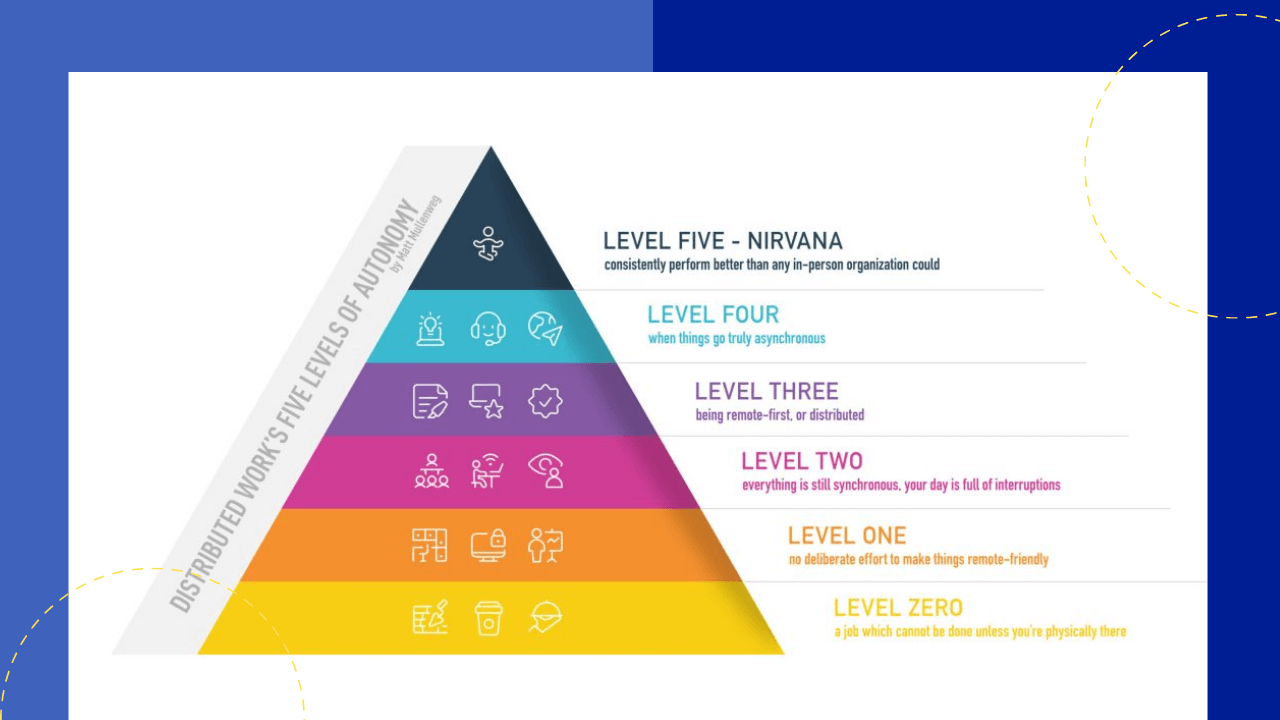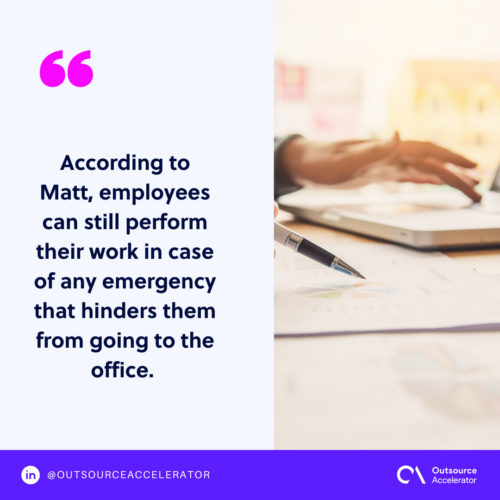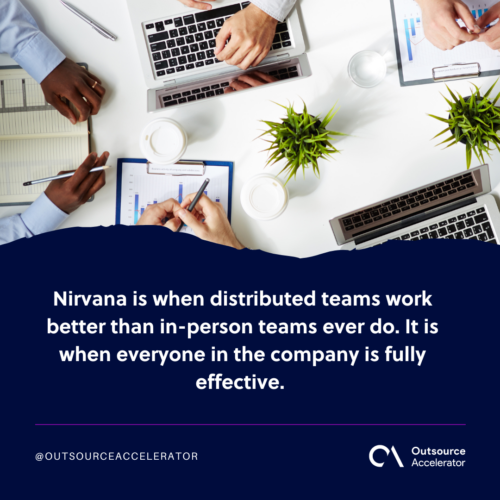Matt Mullenweg: The five levels of autonomy in a distributed work

It is safe to say that no one has ever been ready for the COVID-19 global pandemic. Especially with the business industry, since the start of the crisis, each organization has struggled in coping with the full shift in the working setup.
This topic has been tackled in a recent episode of Making Sense Podcast hosted by the famous Sam Harris, with his guest, Matt Mullenweg. The podcast episode takes us to what companies go through in transitioning remotely.
In this episode, the two discussed the five levels of autonomous organizations.
Matt is the creator of Automattic and is also one of the founding developers of WordPress. His company has been operating as a fully distributed work organization, consisting of over 1,172 employees all over the globe.
Matt prefers the term “distributed” as “remote” implies that there is still a primary place for work.
5 Levels of autonomous organizations
Matt has constituted these five levels of remote work by first, having to go through the acquisition of various remote opportunities, then progressing into a fully distributed organization.
Level 1: The company hasn’t done anything deliberate, yet
This is basically where most companies are (around 98% in the world), especially prior to the COVID-19 outbreak. Companies in level 1 are not entirely prepared for the pandemic.
According to Matt, employees can still perform their work in case of any emergency that hinders them from going to the office. They can still be as efficient by using their smartphones and broadbands to access their emails or attend meetings.
However, employees will more than likely halt things as all work is done in the office and through the company resources.

Level 2: When you try to recreate what you do in the office, but online
This is where a lot of companies are at the moment. Level 2 is when organizations were required to work-from-home due to the pandemic situation. This is when companies start to download tools like Zoom or Slack so everything will be synchronous within the remote team.
It is also the phase where companies would want to install a software on their employees computer for management and monitoring purposes. Matt says this is actually counter productive.
His advice for Level 2, as quoted, is to “tough it out and talk about how you can move to levels three to five”.
Level 3: Start to take advantage of the medium
Level 3 is when organizations start to see the advantages of distributed work. He sighted a few examples like when on video calls, instead of everyone taking down notes, they use shared documents and have someone take notes. Through the shared screen, everyone will be able to see the information being recorded real-time.
This is also where people start to invest in higher quality equipment, like audio with noise cancellation. It helps employees avoid having to click on mute while attending meetings.
More so, during this phase, companies start to focus more on written communication and writing ability. Writing quality, clarity and skill are very important in sharing information, especially in a distributed organization.
Level 4: When you become asynchronous
Level 4 is when remote workers are starting to be given more autonomy. Becoming asynchronous happens when trust is established. Thus, employees are judged on what they produce rather than how or when they produce it.
Going asynchronous also leaves more room for introverts as they are able to take part in conversations and let their voice be heard. While decision making may tend to take longer, it will result in a better outcome because everyone is able to share valuable inputs on the table.
It is also when organizations start to utilize the global talent pool as they are able to operate in a 24-hour cycle.
Level 5: Nirvana
Nirvana is when distributed teams work better than in-person teams ever do. It is when everyone in the company is fully effective.
What contributes to this efficiency is that people are given the opportunity to create their own working environment each day. Incorporate things that are not usually done in an office setup because it is socially awkward or impossible.
It could be in terms of health, wellness, mental being or simply including a few squats in between meetings. This helps them to become better versions of themselves daily and more importantly, be their creative selves.

The new future of distributed work podcast – in a nutshell
Sam Hariss and Matt Mulenweg have a very valuable discussion on the evolution of companies from having to work physically in an office to remote. They also talked about the challenges that leaders go through, security concerns, and the importance of innovation in the COVID-19 outbreak.
In the podcast, Matt also shared about Daniel Pink’s book Drive, which served as a big influence in creating his company Automattic.
Three things that matter in motivating people
As written in the book, making people happy, content, satisfied and satisfied in their work is not about compensation and bonuses. It is rather about the following:
Mastery
The ability of wanting to get better in a job.
Purpose
Working for something that is more than a paycheck as employees feel more connected to their work and is driven by intrinsic motivators.
Autonomy
It is having the kind of working environment that is self-directed, it is when people have the freedom and agency to perform their best work.
As written in the book, when the following are successfully achieve, “people achieve more and live richer lives” – Daniel Pink







 Independent
Independent




